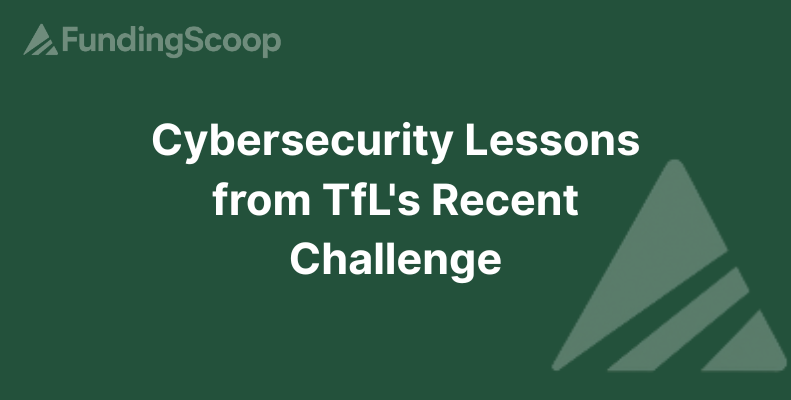
Cybersecurity Lessons from TfL's Recent Challenge
Nina Domingo
The blog discusses a recent cyber attack on Transport for London (TfL) by alleged teenage hackers, highlighting vulnerabilities in urban infrastructures. It emphasizes the need for continuous innovation in cybersecurity protocols and suggests that understanding the motivations of young hackers could prevent future incidents. Experts stress the importance of involving policy, education, and constant innovation in cybersecurity strategies for modern cities.
Let's dive into a scenario that's becoming all too common in our digital age: cyber attacks on major urban infrastructures. Recently, Transport for London (TfL) found itself a victim of one such sophisticated attack, leading to significant disruptions. Two teenagers have now appeared in court facing charges related to their alleged involvement in this cyber event. This situation throws a spotlight on the ongoing and evolving challenges urban infrastructures face in maintaining cybersecurity.
What's at Stake for Urban Infrastructures?
Urban spaces are increasingly integrated with digital technology, making them vulnerable to cyber attacks that can disrupt services and compromise data. The attack on TfL was a wake-up call about the vulnerabilities in our current systems. Modern cities must now continuously innovate their cybersecurity protocols to prevent similar incidents.
The Role of Young Hackers in Cybersecurity
Interestingly, the involvement of teenagers in these attacks raises questions about how young individuals gain the skills and motivations to engage in such activities. It's critical to understand these dynamics to address the root causes and prevent future incidents. Educational programs and positive engagement in technology may be one way to divert potential threats.
Nina's Take
"Here's what I'm seeing," Nina explains, "We're entering an era where cybersecurity is no longer just the realm of IT departments—it's becoming a significant concern for everyone involved in maintaining urban infrastructures. In my conversations with tech experts, it's clear that the old methods aren't cutting it anymore. We need a comprehensive approach that involves policy, education, and constant innovation." For more on how to protect against cyber threats, check this guidance from the National Cyber Security Centre.
My Take
Let's be real: there's no silver bullet when it comes to cybersecurity. But the TfL incident underscores the importance of vigilance and adaptability. If there's one takeaway, it's this: urban infrastructures must remain nimble in their cybersecurity strategies to keep up with an ever-evolving threat landscape. This incident at TfL should encourage city planners and infrastructure managers to reevaluate their current systems and perhaps even draw on unexpected sources—the lessons from young hackers themselves could illuminate surprising gaps in our defences. For further insights, here's government guidance on enhancing business security.


